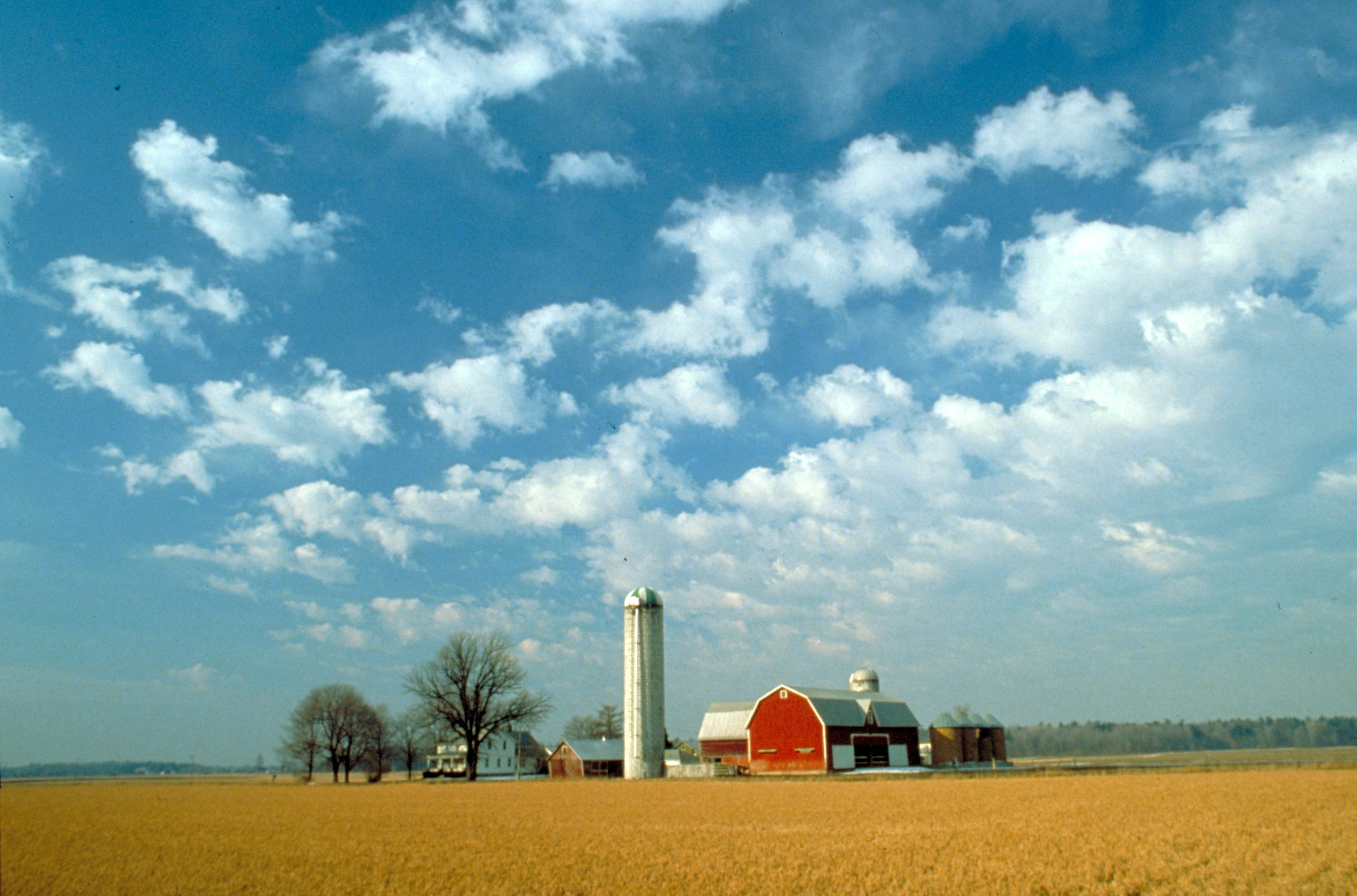
Coastal farms and ranches are not just picturesque landscapes, but also integral to sustainable agriculture and a thriving coastline ecosystem. These unique farming ventures require careful planning and consideration due to the relentless forces of nature and the delicate balance between land and sea. However, those who have unlocked the secrets to sustaining a thriving coastal farm know that it is not only possible but immensely rewarding. In this article, we will delve into the strategies, techniques, and best practices employed by successful coastal farmers, providing insights and inspiration for aspiring farmers looking to make their mark on this dynamic agricultural frontier. Whether you are already embarking on your coastal farming journey or simply fascinated by the intersection of agriculture and coastal environments, join us as we uncover the secrets behind these remarkable coastal farming ventures.
1. Efficient Irrigation and Water Management
To sustain a thriving coastal farm and ranch, efficient irrigation and water management practices are essential. The unique coastal environment presents its own challenges when it comes to water availability and conservation. Therefore, implementing effective strategies to make the most of this valuable resource is crucial.
Firstly, utilizing drip irrigation systems can significantly improve water efficiency on a coastal farm. By directly delivering water to the root zone of plants, drip irrigation minimizes water loss through evaporation and ensures that crops receive an adequate water supply. This targeted approach to irrigation also reduces weed growth, as water is only delivered where it’s needed, minimizing competition for resources. Installing a well-designed drip irrigation system can lead to substantial water savings and healthier crops.
Secondly, incorporating rainwater harvesting methods can complement irrigation efforts on a coastal farm. Rainwater harvesting involves collecting and storing rainwater runoff for later use. Coastal areas often experience heavy rainfall, and capturing this abundant resource can be advantageous for irrigation purposes. Installing rain barrels or larger-scale storage tanks allows farmers to collect rainwater during rainy periods and utilize it during drier times. Implementing rainwater harvesting techniques can significantly reduce the reliance on external water sources and contribute to a sustainable coastal farming operation.
Lastly, monitoring soil moisture levels is crucial for efficient water management on a coastal farm. By regularly assessing the moisture content of the soil, farmers can determine when irrigation is necessary and avoid overwatering. This can be achieved through simple techniques such as using a soil moisture probe or implementing more advanced soil moisture monitoring systems. By tailoring irrigation to the specific needs of the crops and the soil, farmers can optimize water usage, conserve resources, and foster a thriving coastal farm.
Efficient irrigation and water management practices are fundamental components of sustaining a thriving coastal farm and ranch. Through the implementation of drip irrigation systems, rainwater harvesting methods, and regular monitoring of soil moisture levels, farmers can optimize their water usage, reduce waste, and ensure the long-term success of their coastal farming endeavors.
2. Soil Health and Nutrient Management
In a coastal farm, maintaining soil health is crucial for the long-term success and productivity of the land. The unique challenges posed by the coastal environment require careful attention to nutrient management strategies.
Firstly, it is important to understand the specific nutrient needs of crops grown in a coastal farm. Different crops have varying requirements for nutrients such as nitrogen, phosphorus, and potassium. Through regular soil testing, farmers can determine the nutrient levels present in their soil and make informed decisions about fertilization.
Coastal farms often face the risk of soil erosion due to the proximity to water bodies. To mitigate this, implementing erosion control measures is vital. This can involve techniques such as contour plowing, terracing, and the use of cover crops. By minimizing soil erosion, farmers can preserve the nutrient-rich topsoil necessary for successful crop growth.
Additionally, the use of organic matter is fundamental to maintaining soil health in a coastal farm. Organic materials, such as compost and manure, can enhance soil fertility and structure, promote moisture retention, and nurture beneficial microorganisms. Incorporating organic matter into the soil helps build resilience against the challenging coastal conditions.
Overall, a thriving coastal farm relies on effective soil health and nutrient management practices. By understanding crop nutrient requirements, implementing erosion control measures, and prioritizing organic matter, farmers can sustainably cultivate their coastal land and ensure long-term success.
3. Pest and Disease Control Strategies
One of the key challenges faced by coastal farms and ranches is the control of pests and diseases that can wreak havoc on crops and animals. Implementing effective strategies for pest and disease control is crucial for sustaining a thriving coastal farm. Here are three strategies that can help mitigate these challenges:
-
Crop Rotation: Coastal farms can benefit greatly from practicing crop rotation. By periodically changing the types of crops grown in specific areas, farmers can disrupt the life cycles of pests and reduce the risk of disease outbreaks. This strategy helps maintain soil health and balance nutrient levels, while also minimizing the reliance on chemical pesticides.
-
Biological Control: Another effective strategy is the introduction of natural predators or parasites that feed on pests. This biological control method helps maintain a natural balance within the ecosystem and can significantly reduce the need for chemical interventions. For example, releasing predatory insects like ladybugs to control aphid populations can be an environmentally friendly approach to manage pests.
-
Integrated Pest Management (IPM): Implementing an Integrated Pest Management program can be instrumental in controlling pests and diseases sustainably. IPM combines various techniques such as monitoring pest populations, using pheromone traps, and employing cultural practices like proper irrigation and pruning. By integrating these practices with targeted chemical interventions only when necessary, farmers can effectively manage pests while minimizing the negative impact on the environment.
By adopting these pest and disease control strategies, coastal farms and ranches can maintain a healthy and thriving agricultural ecosystem. The implementation of these practices not only ensures the long-term sustainability of the farm but also promotes the overall health and well-being of the surrounding coastal environment.